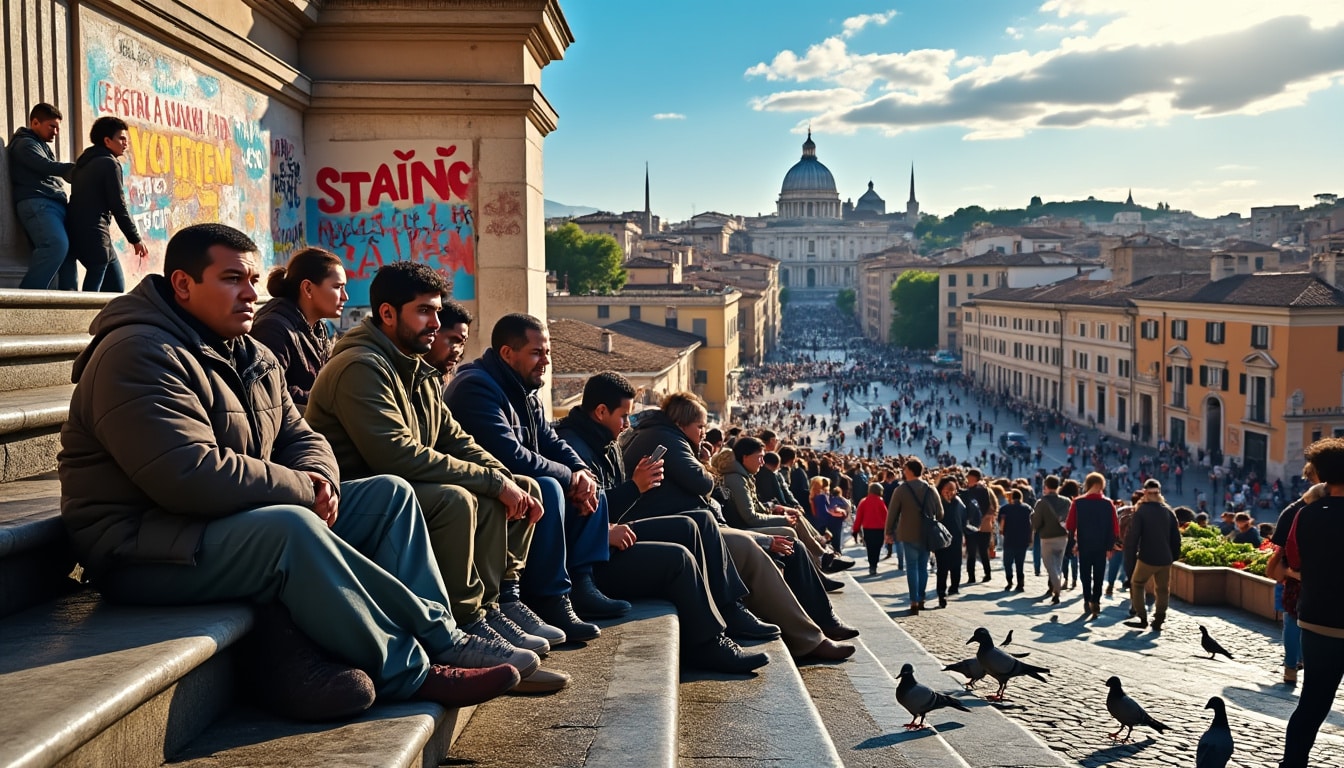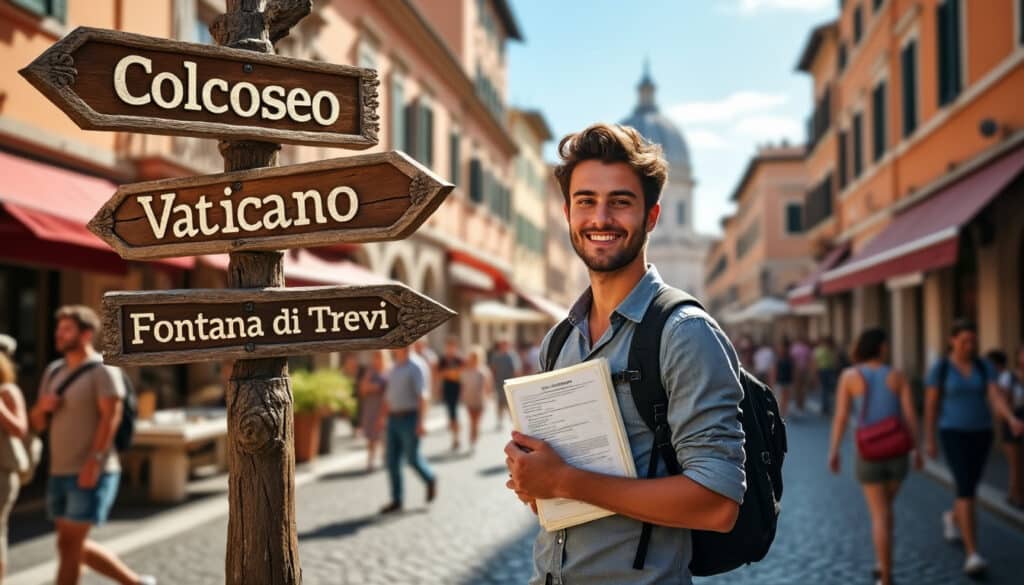Rome, the Eternal City, is not just a hub for ancient ruins and divine cuisine; it is also a vibrant tapestry of diverse communities coexisting. Yet, beneath its opulent beauty, social and discrimination issues persistently simmer. In the midst of its captivating art and welcoming culture, Rome struggles with societal disparities, particularly concerning Roma people—a minority group historically disadvantaged and discriminated against. Despite numerous efforts by governmental and non-governmental organizations like Amnesty International, Human Rights Watch, and Oxfam, the challenges remain deeply ingrained in society.
Roma Community in Rome: Challenges and Barriers
The Roma in Rome face distinct challenges that shape their everyday experiences, often leading to marginalization and economic hardship. One prominent difficulty is social mobility, constrained by both self-isolation and external discrimination. The Roma community, guided by traditions and beliefs outlined in Romaniya—a system that sets boundaries as protective measures—deals with complex social mobility barriers. Within their cultural framework, practices and norms discourage interaction with the non-Roma society, ultimately fostering a cycle of poverty and social exclusion.
Self-isolation is deeply rooted in the Roma’s adherence to Romaniya rules, which dictate restricted involvement with outsiders, considered as part of avoiding impurity and social strife. While this might preserve cultural identity, it often prevents Roma from fully participating in Rome’s socioeconomic activities. For the Roma, spaces dominated by non-Roma are perceived as less ‘clean,’ a conviction that restricts them from accessing essential services like education and healthcare. Informal employment, often the mainstay of Roma economy, underscores the necessity of maintaining autonomy from the conventional markets dominated by non-Roma.
Organizations such as Save the Children and UNICEF have highlighted education as a significant barrier. Despite available schooling opportunities, many Roma children are withdrawn or discouraged due to negative experiences rooted in discrimination and cultural misunderstanding. The societal infrastructure itself seems unfriendly; educational settings are often sites of exclusion, driven by systemic biases and lack of cultural contexts.
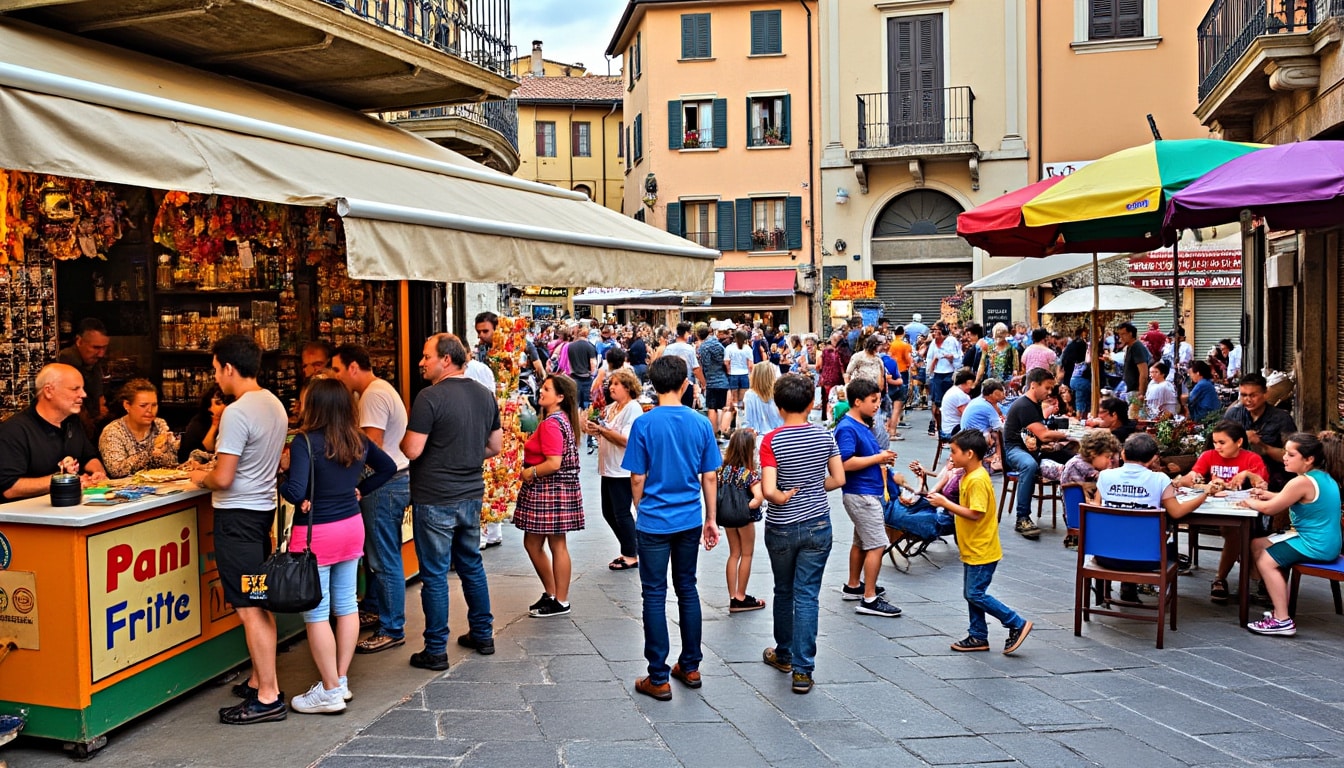
However, not all is bleak. Community-led initiatives and organizations like Caritas Rome and Rome’s Anti-Discrimination Agency actively work to bridge gaps between Roma and broader society. Their efforts range from offering culturally sensitive educational programs to advocating for policy changes that favor inclusivity. Despite traditionally self-reliant practices, collaborations that promote intercultural exchanges are sowing seeds of change, increasingly accepted by many Roma families eager for progress.
Discrimination in Housing: The Issue of Segregation
In urban settings like Rome, housing segregation is particularly pronounced for the Roma. Unfortunately, policies often leave them marginalized—segregated into isolated communities, sometimes without basic amenities. Reports by organizations such as Hope and Homes for Children and Equality Now highlight how systemic issues contribute to dire housing conditions. Despite living in one of the world’s most majestic cities, many Roma endure life on the fringes, often relegated to makeshift camps or overcrowded suburbs.
Housing policies enforced till now seem to have perpetuated rather than alleviated these divides. There have been instances of Roma communities being forcibly evicted, further exacerbating their displacement. This upheaval disrupts their lives, tearing them away from familiar surroundings and support networks, leading to cycles of homelessness and poverty. Typical housing strategies fail to cater to the unique needs of Roma families, emphasizing a one-size-fits-all approach rather than recognizing their distinctive requirements.
Critical work by Amnesty International and the International Rescue Committee sheds light on these systemic issues, pushing for legal reforms and holistic solutions. Some proposed solutions include increasing access to affordable housing and integrating Roma families into mixed housing developments. Instead of segregating them in peripheral zones, policy changes advocate for urban inclusion, which presents opportunities for Roma to access better services and amenities, thus improving their quality of life.
| Organizations | Initiatives | Impact |
|---|---|---|
| Amnesty International | Advocacy for housing rights | Raised awareness of discriminatory policies |
| International Rescue Committee | Support for displaced families | Temporary shelters and aid |
| Caritas Rome | Integration programs | Improved community relations |
The path forward is paved with collaborative efforts and policy reforms that not only address immediate needs but instigate a culture of inclusivity and equality. Anti-discrimination legislation, backed by active enforcement, remains crucial in dismantling housing segregation and facilitating a society where Roma and non-Roma coexist equitably.
Education: The Foundation for Change
Education is heralded as a transformative force, capable of bridging divides and fostering understanding between diverse communities. Yet, for the Roma in Rome, accessing education without encountering discrimination remains challenging. Many Roma families are hesitant to enroll their children in public schools, fearing alienation and cultural erosion. Factors like linguistic barriers, biased curricula, and social stigmatization contribute significantly to educational disengagement among Roma children.
NGOs such as UNICEF and Hope and Homes for Children are advocating for reforms that make education more accessible and culturally sensitive. Initiatives include bilingual education, where Roma languages are included in the curriculum, making learning environments more welcoming and relatable for Roma children. These programs emphasize identity preservation while promoting integration, crucial for balancing cultural heritage with educational advancement.
| Barrier | Consequence | Solution |
|---|---|---|
| Language Barrier | Academic disengagement | Bilingual education programs |
| Social Stigmatization | Low attendance rates | Cultural sensitivity training |
| Curriculum Bias | Marginalization of Roma culture | Inclusive curriculum reform |
Prominent advocacy groups, including Equality Now and Amnesty International, are pushing for systemic educational reforms that reflect cultural diversity and inclusivity. Schools are encouraged to be centers of cultural exchange, allowing Roma children to flourish alongside their peers, eradicating historical biases and instilling a shared sense of community unity while celebrating differences.
Employment and Economic Inclusion: Beyond Discrimination
Breaking barriers in employment is integral for Roma empowerment in Rome. Historically marginalized, the Roma often face significant obstacles in the job market, from discriminatory hiring practices to limited job opportunities. Key considerations include both socio-economic factors and deeply ingrained biases, which deter Roma individuals from securing stable, rewarding employment.
Programs led by organizations like Oxfam and Amnesty International focus on skill development and workplace diversity, aiming to dismantle prejudiced hiring practices. These efforts are crucial for promoting economic participation among Roma, advocating for fair treatment and equal pay for equivalent work. Additionally, initiatives that support entrepreneurship among Roma not only boost individual self-sufficiency but also enrich Rome’s economic landscape.
In their push for change, employment bonuses, targeted training, and crafted job fairs tailored to Roma applicants are becoming more common. Emphasizing merit over stereotype in hiring processes can considerably enhance Roma integration in diverse professional sectors.
Despite challenges, Roma entrepreneurship flourishes, especially in fields like arts, crafts, and local commerce. Leveraging these strengths, empowerment programs encourage Roma to explore avenues like trade skills and digital literacy, enabling them to thrive within modern economic systems.
- 👷♂️ Targeted Skill Development: Tailored workshops to boost employability.
- 📊 Entrepreneurship Programs: Supporting Roma-led businesses.
- 👔 Diverse Hiring Practices: Promoting workplace inclusivity.
Collaboratively, Rome’s Anti-Discrimination Agency and other stakeholders work to foster environments where Roma can realize their full economic potential. Understandably, overcoming systemic employment hurdles is imperative not just for Roma but for creating an equitable society.
Social Integration Policies in Rome
Social integration policies are pivotal in Rome’s journey toward eliminating discrimination and fostering inclusivity. Beyond piecemeal efforts, comprehensive policy strategies prioritize social cohesion by addressing both structural and attitudinal issues. Advocacy by organizations such as Caritas Rome and Equality Now are laying the groundwork for long-term change.
Policies encompassing housing, education, and employment need holistic approaches favoring mutual understanding and respect. Successful inclusion initiatives require input from both Roma communities and policy-makers, ensuring efforts resonate with those they intend to serve. Creating dialogue platforms between different community leaders encourages collaborative decision-making, where the voices of marginalized communities shape the discourse.
| Policy Area | Strategy | Outcome |
|---|---|---|
| Housing | Mixed-community developments | Reduced segregation |
| Education | Culturally diverse curricula | Enhanced engagement |
| Employment | Inclusive hiring policies | Improved economic participation |
Policies that reinforce cultural diversity as an asset rather than a barrier have started to reshape social narratives. The city’s commitment to inclusive policies is evident through public sector reforms aimed at integrating Roma employees, fostering a multicultural workforce that reflects Rome’s rich ethnic tapestry.
In partnership with governmental bodies, NGOs like Hope and Homes for Children encourage interpersonal respect and understanding, aligning with Rome’s broader vision of unity and equality. Though challenges remain, ongoing efforts signify Rome’s journey towards eradicating systemic discrimination and enhancing interethnic harmony.
Frequently Asked Questions (FAQ)
- What are the major barriers Roma face in education? Roma children face language barriers, social stigma, and curriculum biases leading to disengagement.
- How does discrimination affect Roma housing in Rome? Discriminatory policies result in segregation, inadequate housing, and forced evictions for Roma communities.
- What role do organizations play in reducing discrimination? NGOs like Amnesty International advocate for policy reforms, provide support, and foster intercultural exchanges to mitigate discrimination.
- Are there any employment programs for Roma in Rome? Yes, there are targeted skill development workshops, entrepreneurship programs, and initiatives promoting diverse hiring practices.
- How effective are social integration policies in Rome? They aim to reduce discrimination through comprehensive strategies in housing, education, and employment, but sustainable impact requires long-term commitment.
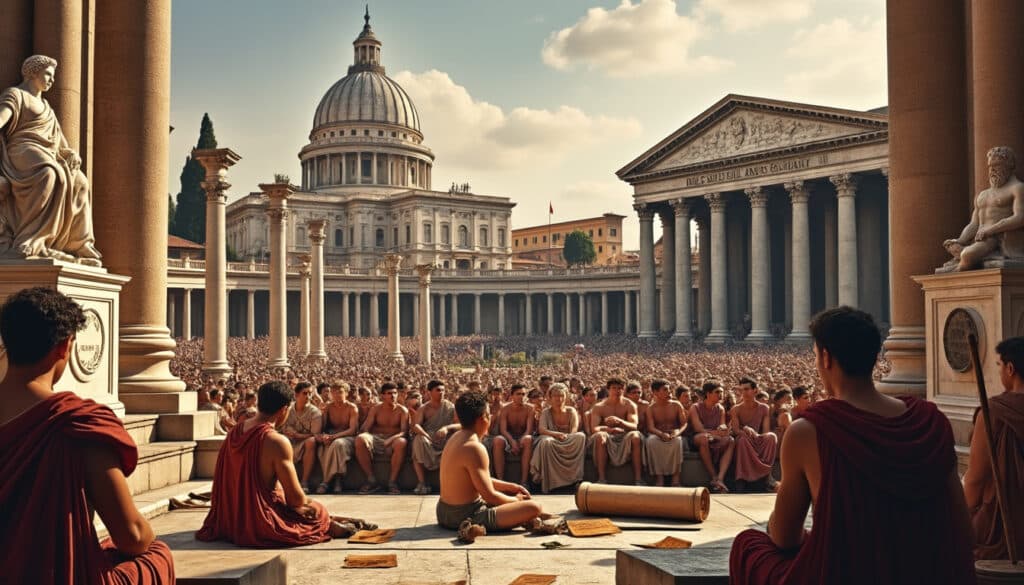
Legal Information and Rules in Rome
Rome is not just a city rich in history and architectural splendor. It is also a foundational cornerstone in the world’s legal heritage. As intricately as its monuments were crafted, Rome’s legal system laid down stones for the edifice of…
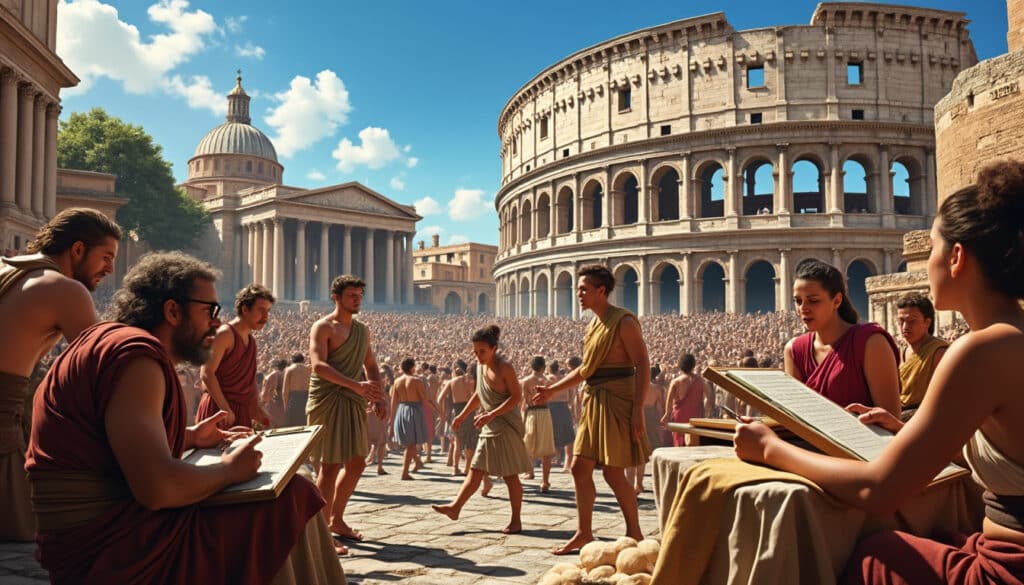
Calling and communication rules in Rome
Navigating the bustling streets of Rome, not just as a tourist but even as a local, necessitates a certain fluency in its unique communication landscape. From ancient traditions to modern nuances, understanding Rome’s calling and communication rules reveals a fascinating…

Criminal status and entry to Rome
When planning a visit to the enchanting city of Rome, it’s crucial to understand the implications of one’s criminal status on entry. Rome, with its captivating history, stunning architecture, and delectable cuisine, is an attractive destination for travelers worldwide. However,…

Drinking and age restrictions in Rome
Rome, the eternal city, is not just a treasure trove of ancient history and breathtaking art; it’s also a hub for vibrant nightlife and rich culinary experiences. For those planning to indulge in the local drinking culture, it’s essential to…
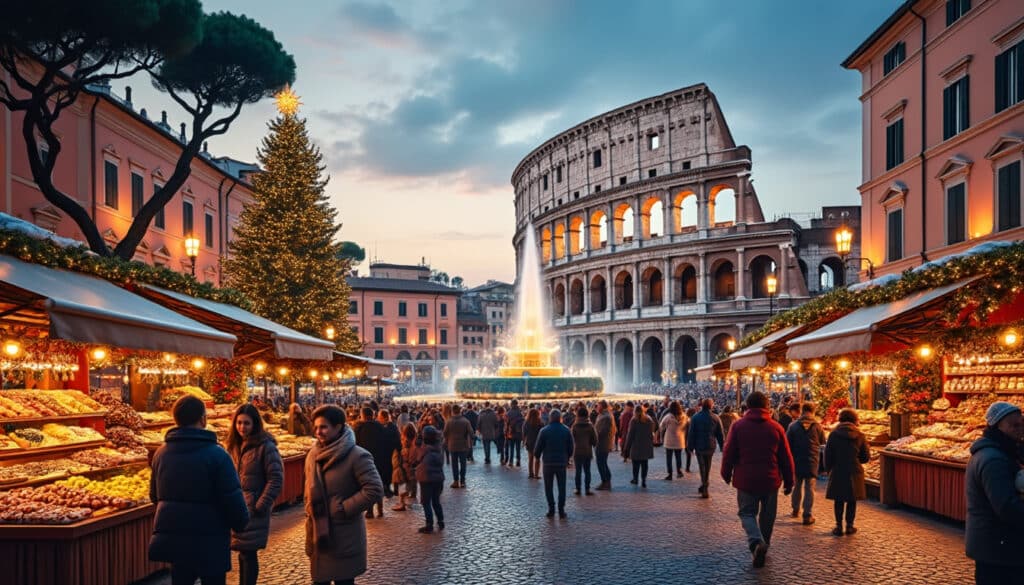
Rome, the Eternal City, is a place where ancient history coexists with vibrant, modern life. The city’s rich tapestry of culture, art, and delectable cuisine makes it an enticing destination for travelers any time of the year. However, understanding the…

Smoking, drugs, and red light laws in Rome
Rome, the Eternal City, is renowned not only for its timeless art and history but also for its colorful tapestry of modern life, making it an intriguing place to explore more than just tourist sites. From smoking regulations to drug…

